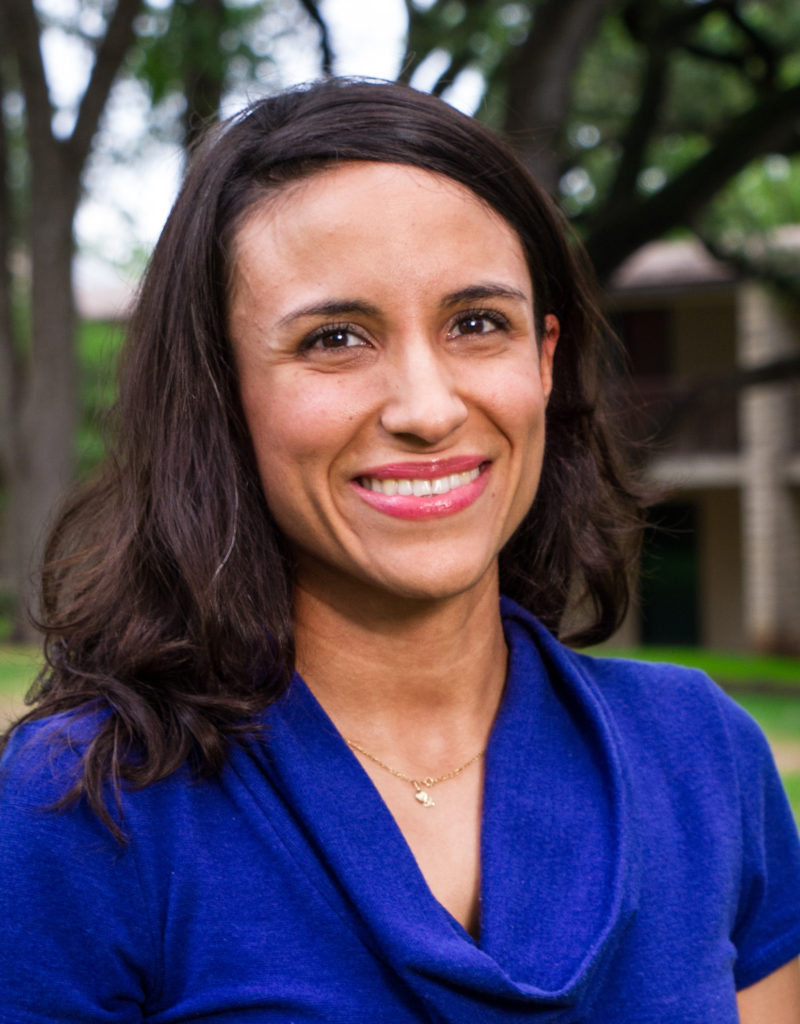Perhaps the real therapy occurred […] when they moved into honesty with the revelation that they were fellow travelers, both simply human, all too human. —Irvin Yalom, “The gift of therapy: An open letter to a new generation of therapist and their patients.”
The other day I was walking through a park near the seminary, and I had this brief moment where I thought: “wow, it’s literally been a year since I made the life-changing decision to move to Austin.” I pondered about growing pains and beautiful new self-discoveries. I also came to the realization that the process of growth for a new professor is parallel to the journey of a new student; there’s a certain level of uncertainty, self-doubt, and excitement.
The first year of the professor and student is comprised of intense reading and reviewing courses. This is very much a reciprocal process…one which professor and student walk together in a journey of growth and self-discovery.
One of my favorite stories is from psychiatrist and recognized author, Irvin Yalom, in his book The Gift of Therapy. He writes about two famous healers. One healer, Joseph, located in the north part of an unnamed country, is known for his modern medicine. The second healer, Dion, from a different region, used traditional methods of medicine. During a time period, Joseph falls into a deep crisis; he finds that he’s lacking meaning in life and quickly sets out on a journey in search of Dion. Midway through his expedition he meets another man also on a journey. Joseph discloses that he’s lost meaning in life and is looking for the healer Dion. This individual discloses himself as Dion, and he takes Joseph and teaches him his craft and helps facilitate healing. After many years, Dion is on his deathbed and Joseph, now his friend and colleague, is sitting at his bedside. Dion confesses in his last hours of life that on the evening he met Joseph, he was also looking for him because he too had fallen into crisis (p. 9).
Much like Yalom’s story, the helper or “healer” walks with an individual in their search for healing; both parties learning and evolving together. It’s a journey in which the helper seeks understanding and empathizes with an individual; not knowing their experience but providing presence, and witnessing growth. It’s also an experience where both the person and helper vacillate between the role of teacher and student.
Yalom’s story symbolizes two important aspects for healers, 1): Much like Joseph, healers are expected to examine themselves, recognize their own areas of growth and affirm that spirituality and healing is a life-long process and, 2): recognize their journey can’t be done alone, but with each other.
So I invite you to reflect on the following questions:
- In what way have you grown this year?
- Have you been surprised with personal growth when you were supported by a mentor, colleague, teacher or friend?
- Where in your life do you feel God’s invitation to stretch and do something a little scary? What’s holding you back?


